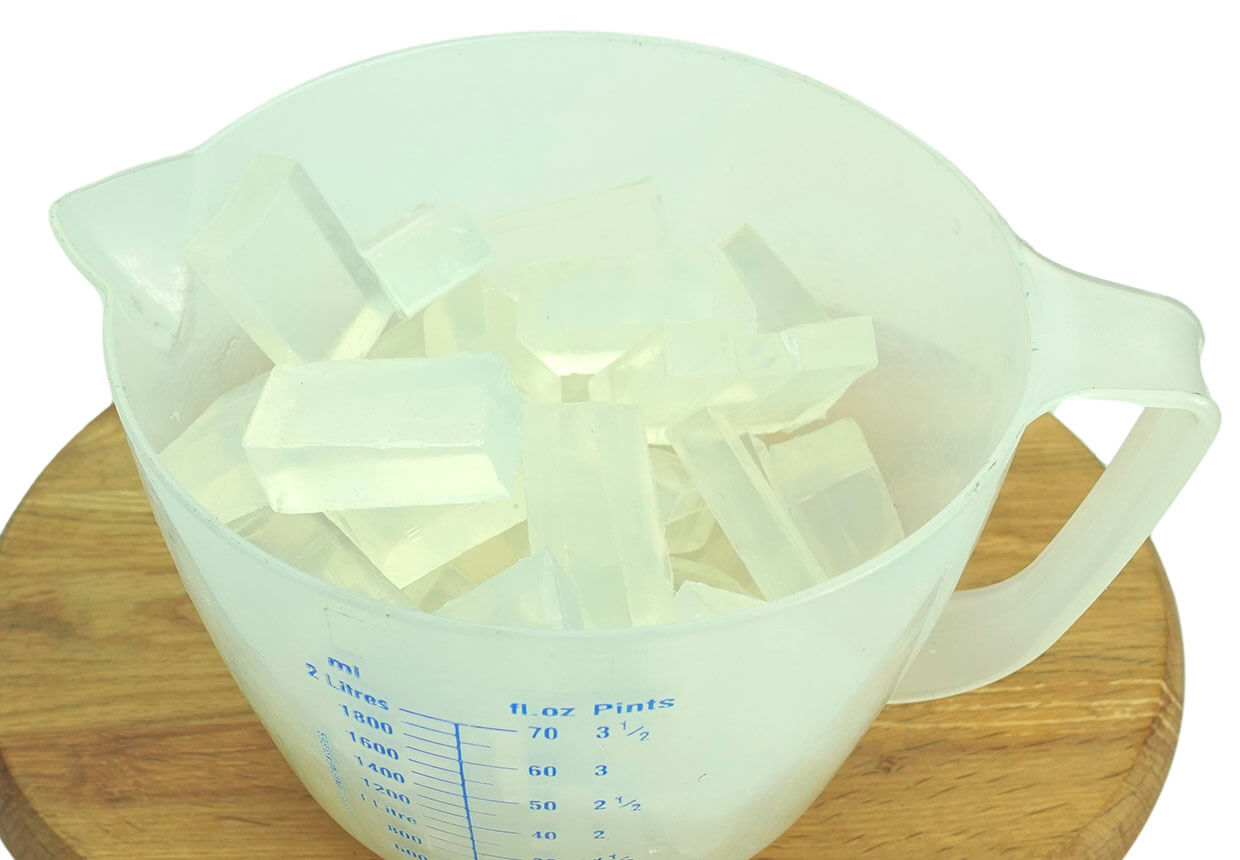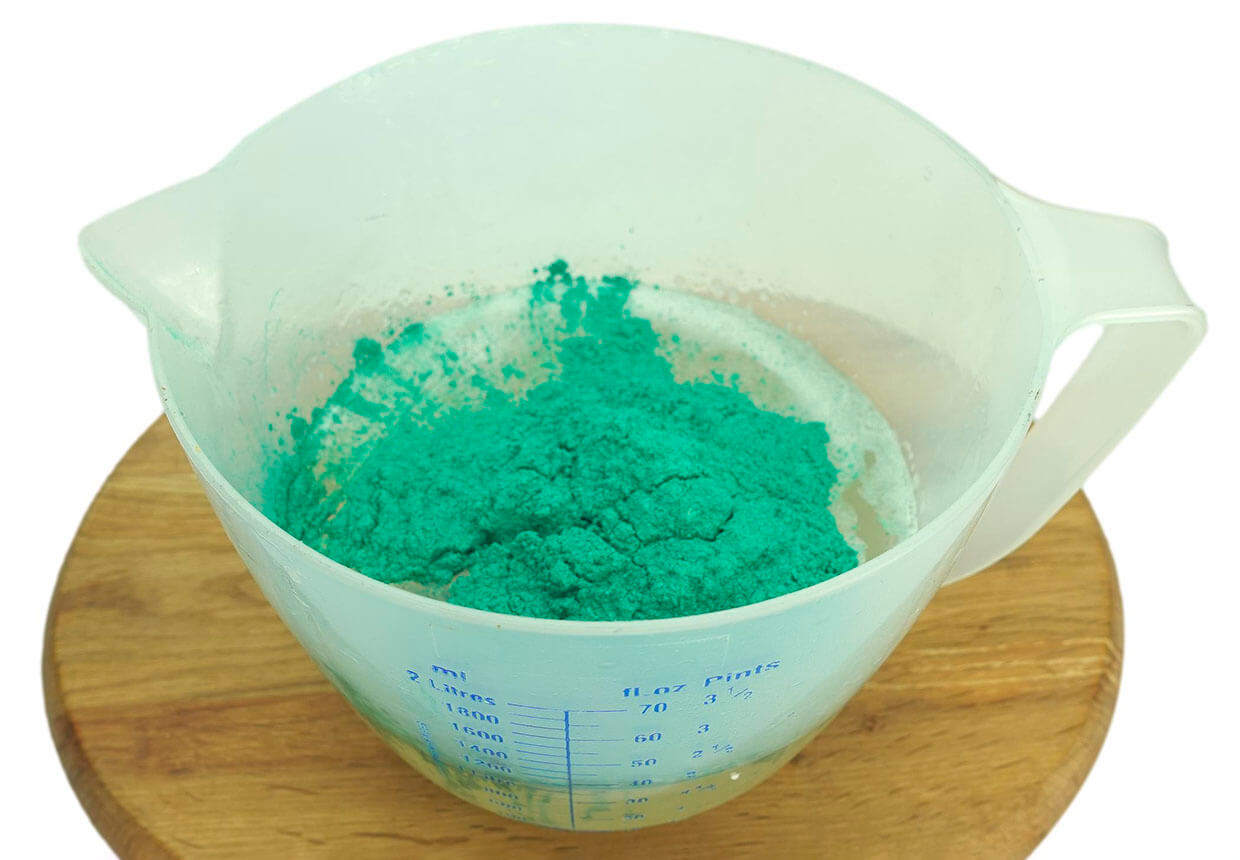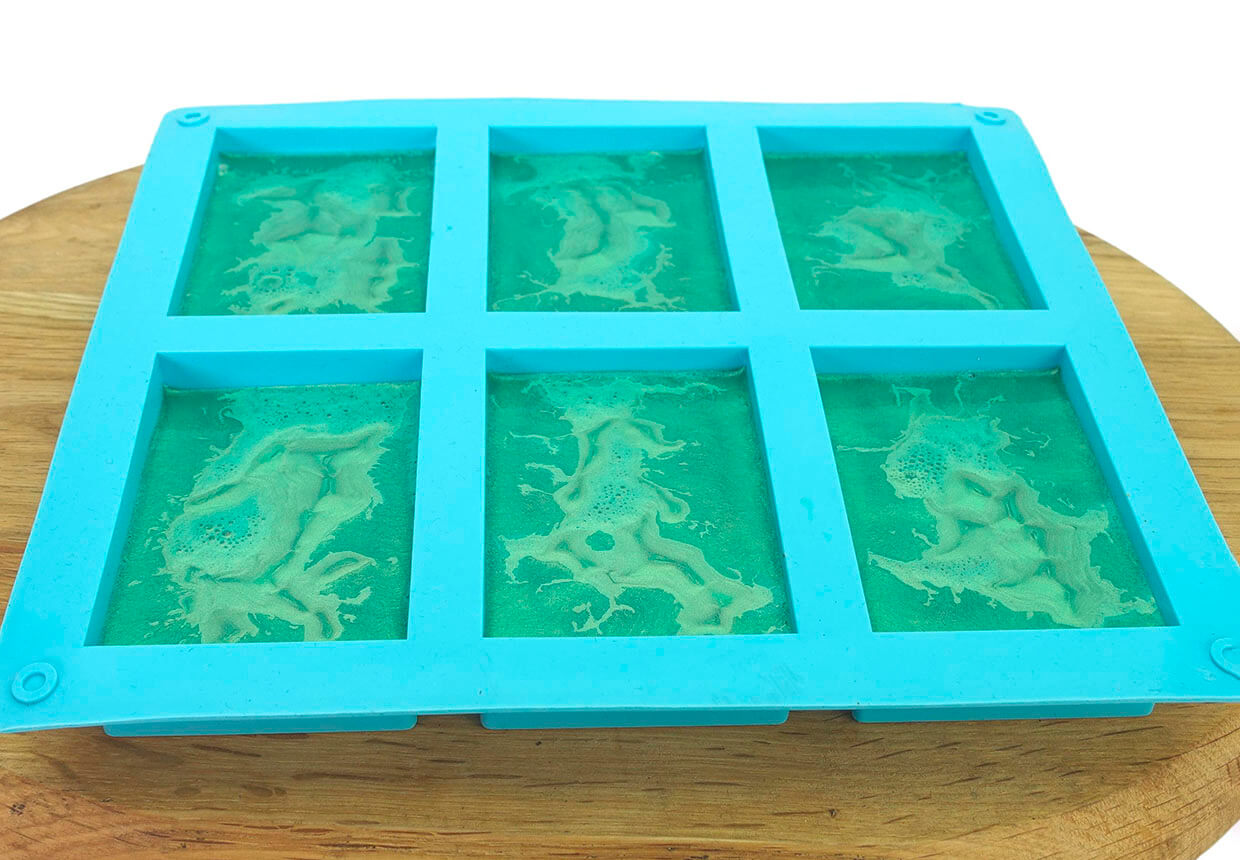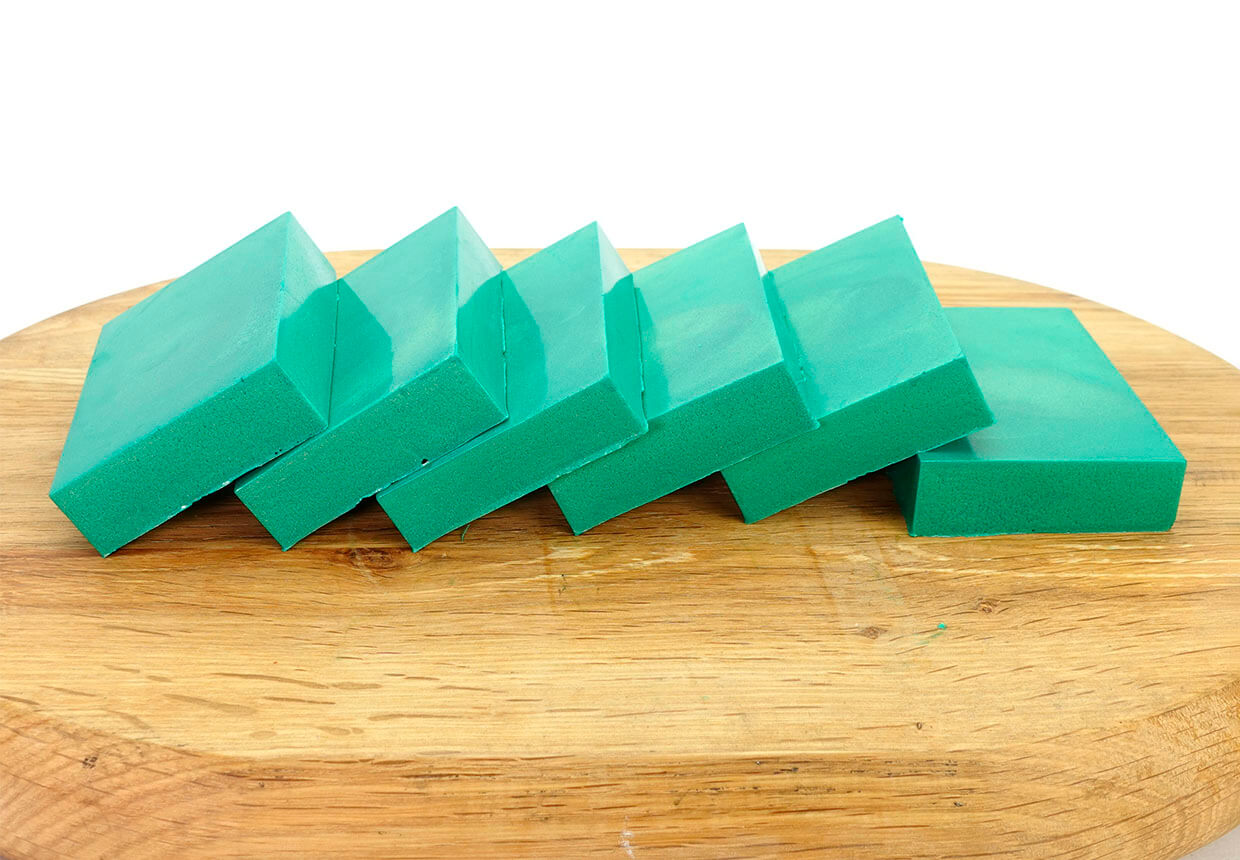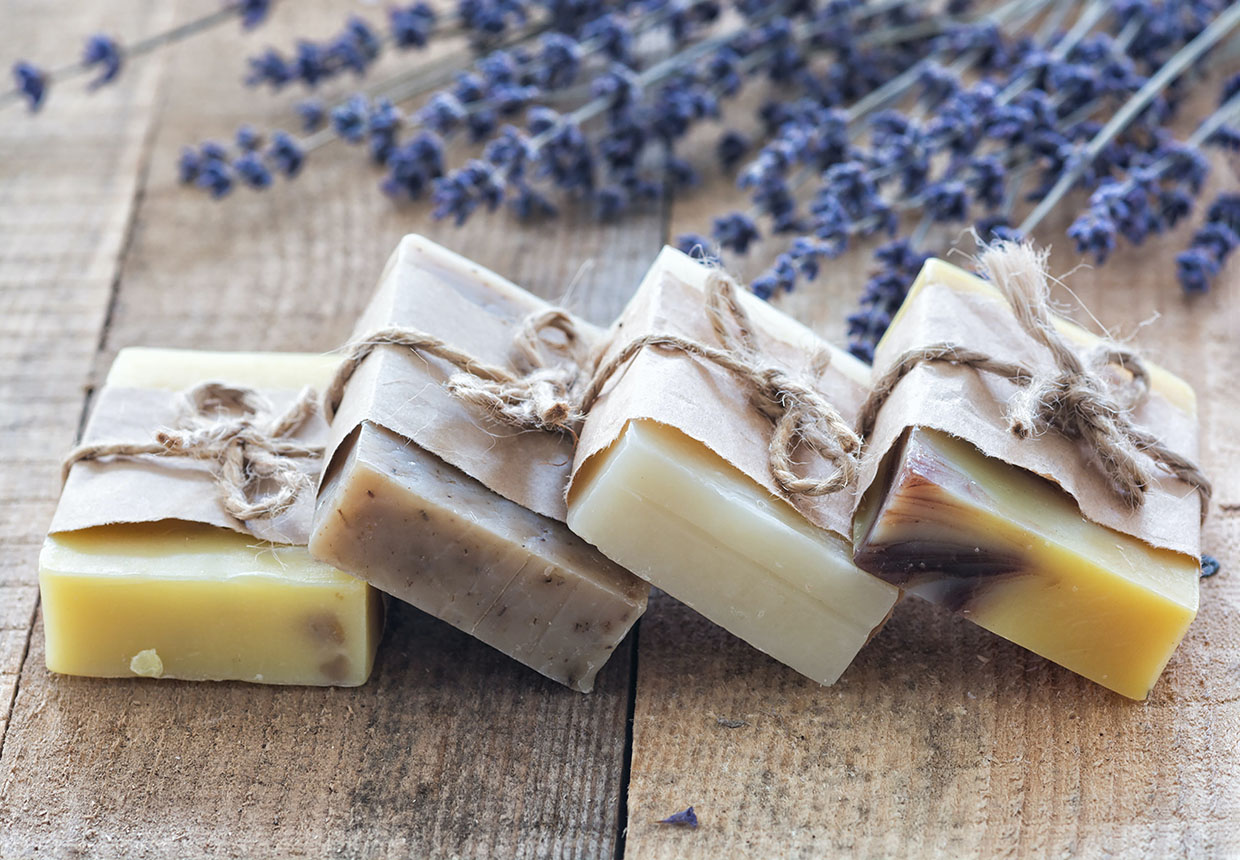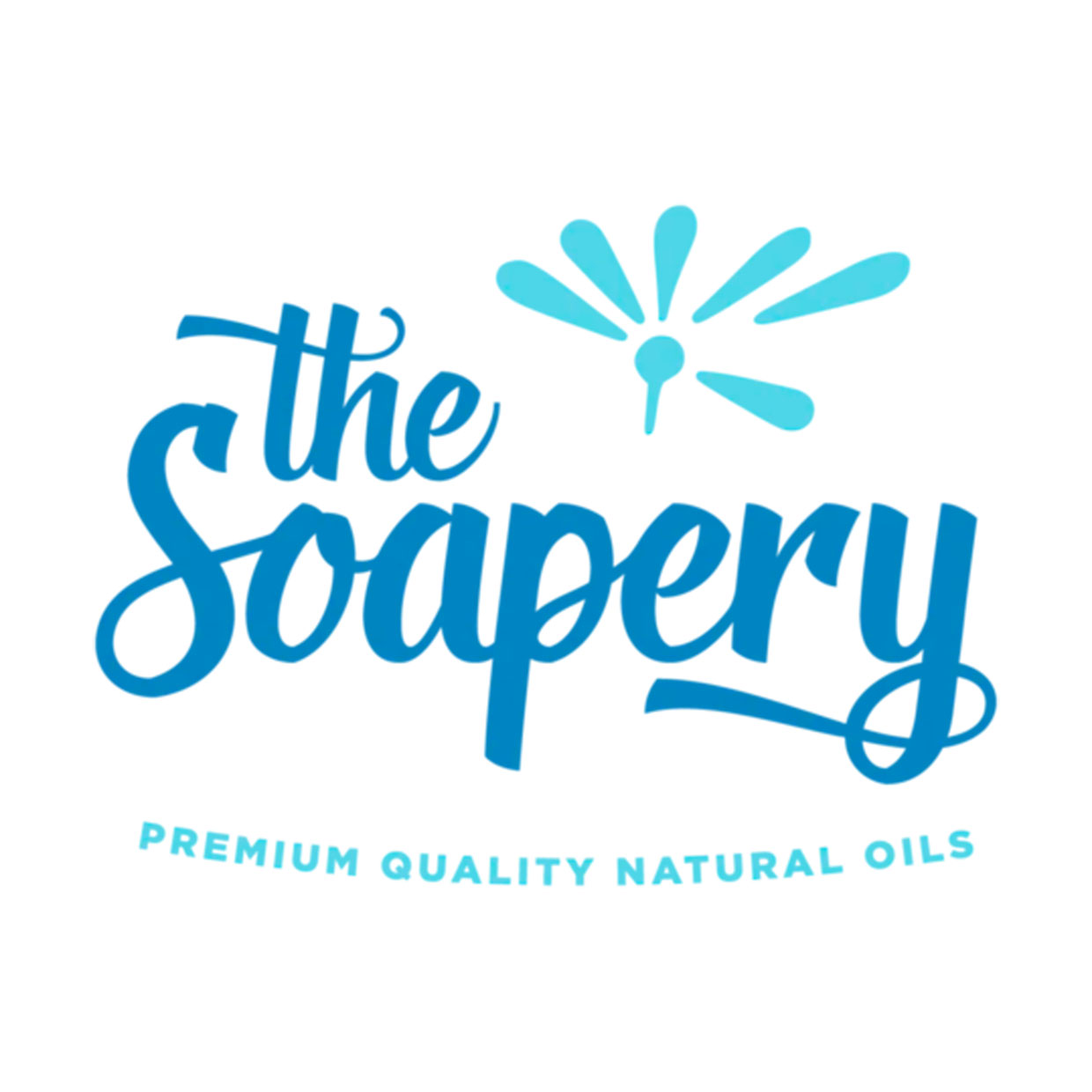Beginner’s guide to melt and pour soap making
Making your own soap at home is incredibly satisfying. You can use your beautiful DIY soaps at home or give them to loved ones as a wonderful handmade gift.
If you’re looking to get into soap making, melt and pour is a brilliant technique to help you take your first steps into this creative hobby.
You don’t need lots of supplies to get started and the process is simple enough that even children can get involved with adult supervision.
You can produce melt and pour soaps in vibrant colours, add your own fragrances or come up with your own inventive designs.
What is melt and pour soap?
The melt and pour soap making technique involves melting a ready-made base, so there’s no need to mess around with chemicals. You can then add your own fragrances, colours or other additives before pouring the soap mixture into a mould. The soap sets quickly and is ready to use after just a couple of hours.
Melt and pour soap is easier than other types of soap making, because the tricky part (mixing chemicals to create the soap) has already been done for you. This makes the process more straightforward and safer than other soap making methods.
If you were using the cold process soap or hot process soap methods, you would need to handle sodium hydroxide (lye). This is a caustic substance which is used to kickstart a chemical reaction called saponification, which transforms the raw ingredients into soap.
Lye can be very dangerous to your health, so you need to take safety precautions while using it. Fortunately you won’t need to worry about this while making melt and pour soap, but it’s important to know about it if you want to get into soap making!
What do you need to make melt and pour soap
Ready to start making your own beautiful soaps? Here’s what you’ll need to begin using the melt and pour technique at home.
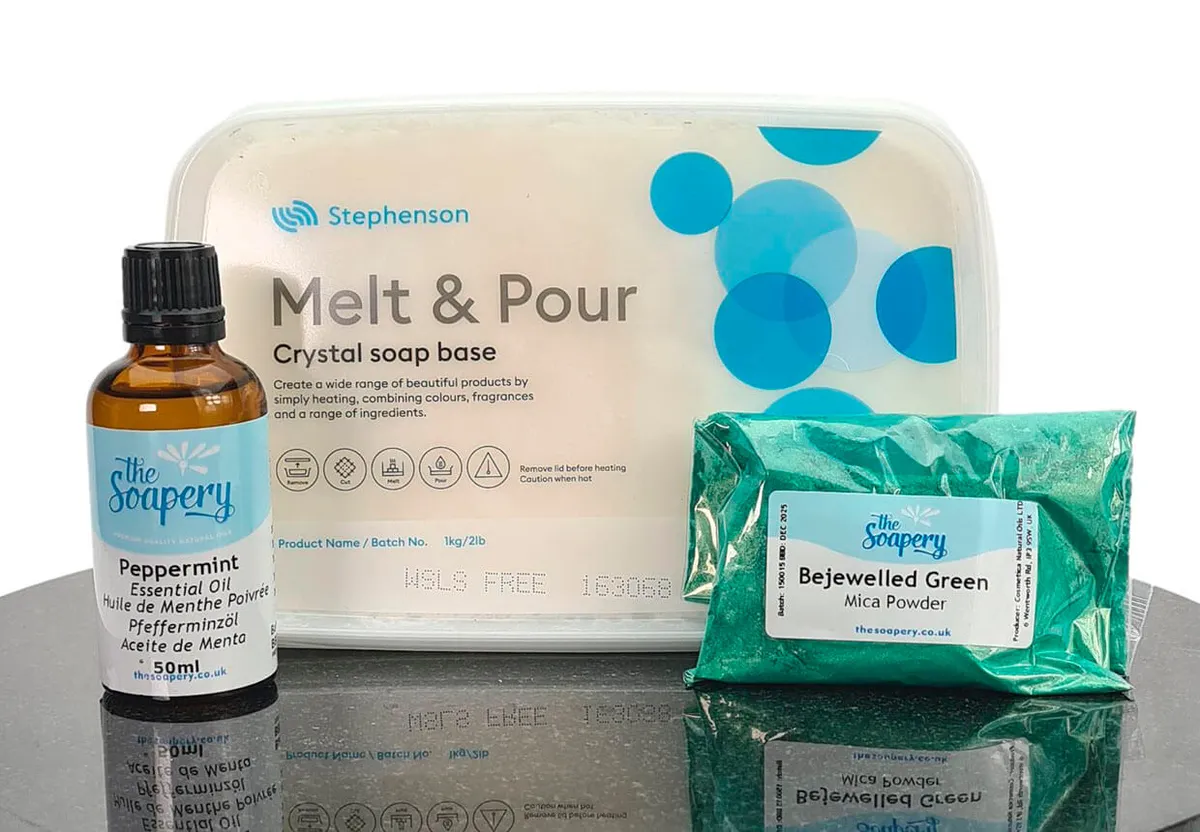
Melt and pour soap base
Melt and pour soap bases are the main ingredient you’ll need for this technique. The soap base is essentially ready made soap, which just needs a few extra tweaks to turn it into something truly special.
Some melt and pour soap bases come with additional skin-loving ingredients, such as this Stephenson Melt and Pour base, which includes moisturising argan oil.
The soap base you choose will depend on the recipe you’d like to make. For example, if you wanted to make African black melt and pour soap then you’d need to order an African black melt and pour soap base, which is specifically designed for that type of soap.
If keeping your soap fully organic is important to you, you’re in luck because organic melt and pour soap bases are available too.
- Order melt and pour soap bases from The Soapery.
Essential oils
Take your melt and pour soap to the next level by adding essential oils. Choosing the right essential oil can make your soap more appealing and improve your sense of wellbeing.
For example, lavender is known for its relaxing properties, while zesty lemon is an instant mood booster. Tea tree oil is believed to soothe irritated skin and combat acne. Meanwhile, peppermint oil brings a fresh scent and cooling properties to your soap.
Try using different combinations of oils in your melt and pour soaps to come up with your own original fragrances.
- Buy essential oils from The Soapery.
Mica powders
Bring colour and shine to your soaps by adding mica powders. Mica powders come in a range of dazzling shades, from Bejewelled Green to Fiery Red, so you can make soap in every imaginable colour. Mica powder also has a stunning natural shimmer and looks amazing when added to any melt and pour soap recipe.
When it comes to soap making, a little mica goes a long way, so it’s excellent value for money.
Look for mica powder that’s cosmetic grade, meaning that it’s safe to use on the skin. The vivid colours come from natural minerals, such as iron oxide or tin oxide. Poor quality mica powders use chemical dyes and are best avoided.
Top tip: try building up layers of colour in your soaps. You’ll need to wait around 90 minutes for each layer to cool before adding the next one. Simply spray the surface of the first layer with a little isopropyl alcohol and pour the next layer on top. This will help the two colours to bond together.
- Stock up on mica powders from The Soapery.
Soap making equipment
One of the joys of melt and pour soap making is that it doesn’t require lots of expensive tools. However, there are a few things which you will need:
- A microwave
- Chopping board and knife
- Heatproof bowl
- A mould (silicon cake moulds work well)
- Cling film
How to make melt and pour soap
This peppermint soap recipe is so refreshing! Bring some zing into your life by making a batch of minty melt and pour soap.
For this recipe, you will need:

